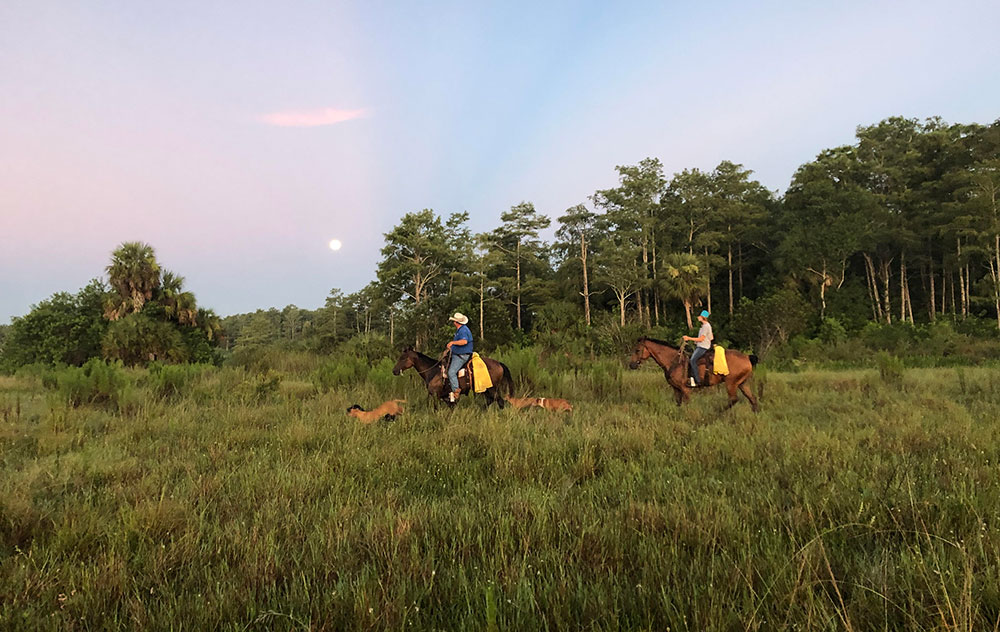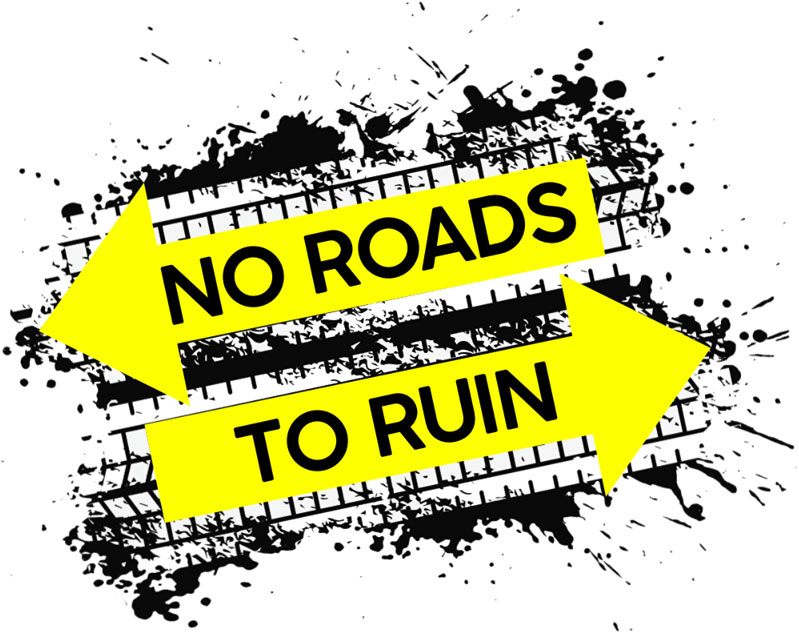Bad for Agriculture
Agriculture is the second largest contributor to Florida’s economy, yet agricultural lands are being lost at an alarming rate. In Florida, more than 100,000 acres of rural and natural land are converted to development each year; nationally we lose more than 1.5 million acres of agricultural land annually.
Maintaining productive agriculture land is pivotal for our state’s and nation’s food security. Farms and ranches can be managed to hold and filter water, store carbon, and improve air quality. Wildlife use agricultural land to find food and mates and to move between connected public lands. Some protected agricultural areas are even available for public recreation.


Across America, one-third of farm and ranchland is expected to change hands in the next 15 years. Lacking adequate and consistent funding for land protection, many families are forced to sell. But agriculture is not a placeholder until development arrives; rather, it represents an integral part of our state’s heritage, ecology and economy.
Better incentives and conservation programs are needed to support working farmers and ensure that agricultural areas are not lost to development. Investments in innovative and regenerative agriculture solutions can help rebuild soil health, sequester carbon, and stop water pollution at the source.
Conversely, the toll roads will reduce our food security, pump more carbon emissions into the atmosphere, dissect connected wildlife habitat, increase the potential for flooding, and further pollute our waterways.
